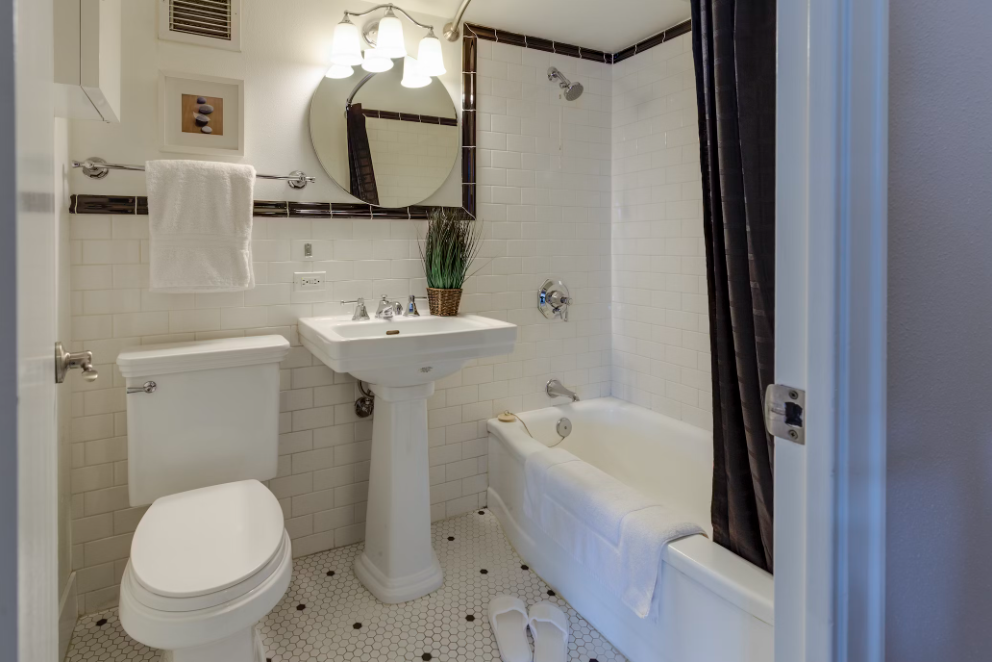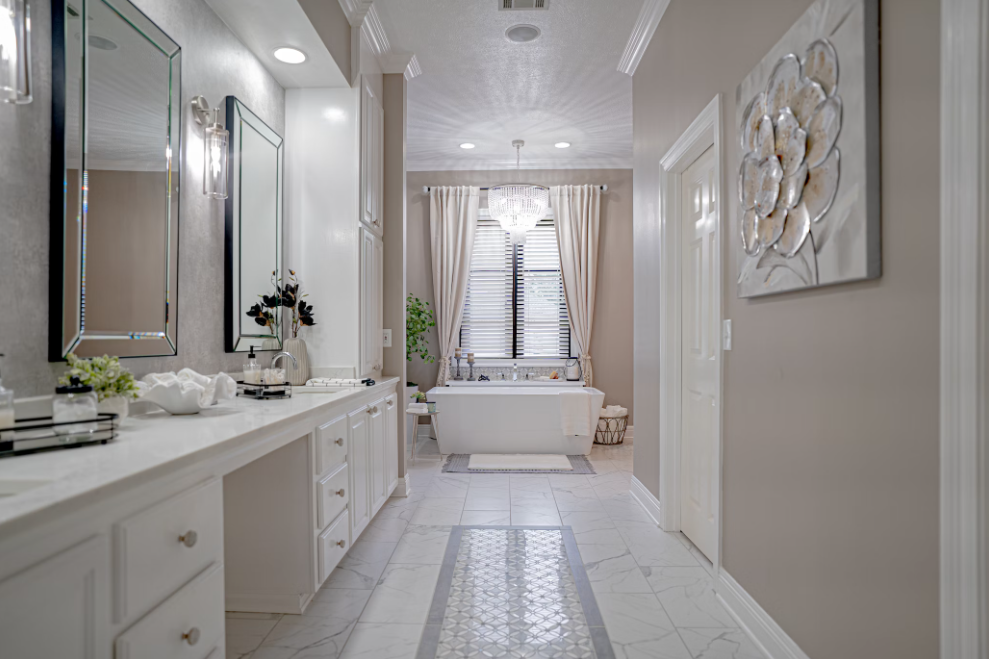What You Need to Know About Toilet Installation and Maintenance

If you are replacing your toilet, you need to know this about toilet installation and maintenance in your home!

As a diligent homeowner, you understand the importance of maintaining and repairing your residence. Recognizing that your home is not just a living space but an investment in its property value is crucial. This holds true whether you plan to sell your home or pass it down to future generations – it deserves your attention and effort.
In any case, choosing the right maintenance for toilet installation and repair is essential. Fortunately, by reading this article, you’re in the right place to learn more.
When It’s Time for a New Toilet
Enhancing your home’s interior design is a valid reason for changes. Everyone deserves a comfortable and appealing living space.
Let’s say you’re revamping your bathroom’s decor and find that the current toilet clashes with your new design. A replacement might be just what you need.
There are other reasons to consider a new toilet. For instance, an older toilet that frequently clogs or has been in use for many years might need an upgrade.
Sometimes toilets develop significant cracks which can worsen over time, leading to leaks or even injuries if not addressed. Recognizing these signs early and opting for a new toilet can prevent further issues.
Avoid the Hazards of a DIY Toilet Installation
You may be thinking about installing a new toilet in your bathroom and might consider doing it yourself. However, it’s important to pause and think it through.
Tackling a do-it-yourself (DIY) home improvement project can be risky, especially for complex tasks like toilet installation. This is a job best left to professionals.
But don’t let this discourage you from all DIY endeavors. There are smaller, more manageable projects you can take on, such as fitting a new toilet seat, which are suitable for beginners.
The challenge with replacing an entire toilet lies in the risks involved. Handling plumbing and lifting heavy toilets without the right know-how can lead to injuries.
Moreover, such a project demands a solid understanding of the plumbing system in home. Without this knowledge, you might accidentally cause more damage. So, for major tasks like a toilet installation, it’s safer and wiser to call in the experts.
Practical Toilet Maintenance: Solving Common Issues
To keep your toilet in top shape, it’s important to understand and address common problems. Many toilet issues are preventable with regular maintenance, nipping small problems in the bud before they escalate. While many of these issues have DIY solutions, don’t hesitate to seek professional help if needed.
1. Slow Draining Bowls: common issue in many homes is the toilet bowl draining slowly, known as a weak flush. This often happens when the holes under the rim get clogged. You can usually clear these blockages with a wire hanger or similar tool. Be careful to avoid scratching the bowl and use a mirror to guide you.
2. Hissing Sounds from the Tank: If you hear a hissing sound from your toilet tank, it’s often due to water trickling from the supply line. This noise may indicate a problem with the float, refill tube, ballcock, or inlet valve. In such cases, it’s best to call a trained plumber.
3. Leaks from Worn Seals: Over time, the seals in your toilet can wear out, leading to leaks. These leaks can vary in severity and can cause water damage if not addressed. Check different seal locations on the toilet to locate the source of the leak. Once you identify the faulty seal, you can plan for its replacement.
4. Handling Clogs: Clogs are an all-too-common issue and can be a year-round headache. Poor maintenance often leads to clogged toilets. Most clogs can be resolved with a plunger, but for tougher blockages, a plumbing snake or auger might be necessary.
5. Water Trickling in the Bowl: Another frequent problem is water trickling into the toilet bowl, leading to what’s known as a phantom flush. This occurs when water leaks from the tank into the bowl, causing it to refill without a flush. Often, this issue is due to a faulty flappe.

Essential Toilet Maintenance Tips
For homeowners performing these simple maintenance tasks monthly is crucial for the health of your toilet and overall plumbing system. These easy-to-follow tips not only save time but also prevent many common toilet issues.
Proper Disposal: The most straightforward maintenance tip is to be mindful of what you flush. Stick to human waste and toilet paper only. Flushing items like feminine products, diapers, cotton swabs, or paper towels can lead to clogs faster than you might think.
Regular Cleaning: It’s easy to overlook regular toilet cleaning, but staying on top of this task can significantly reduce clogs and maintain cleanliness. Regular cleaning also makes the job easier over time.
Leak Detection: Regularly check your toilet for leaks, as they can occur in multiple areas. A simple way to check for tank leaks is to add food coloring to the tank water and wait 30 minutes. If the water in the bowl changes color, you’ve got a leak that likely needs a plumber’s attention.
Manage Hard Water: Hard water, with high mineral content, can lead to more clogs and faster deterioration of toilet components. Using a water softener can help mitigate these issues by removing harsh minerals from your water.
Check the Fill Valve: The fill valve in the tank controls water flow. To test it, flush the toilet and watch to see if it stops dispensing water when the tank is full. If it doesn’t, it may be time for repairs or replacement. Consult with a plumber for accurate diagnosis.
Avoid Harsh Chemical Cleaners: While they may clear clogs, harsh chemical cleaners can damage pipes over time, leading to more serious issues like leaks or pipe bursts. Use milder cleaning methods to avoid these problems.
Test the Shut-Off Valve: This valve, found under or behind the toilet, should turn easily to cut off the water supply. If it’s resistant or stuck, it may need repair or replacement. Check it monthly to ensure functionality.
Schedule Maintenance Checks: Despite following these tips, it’s wise to have a professional plumber inspect your toilet annually. They can spot small issues you might miss and perform necessary repairs to keep your toilet running smoothly.
Knowing When to Seek Expert Help
While the toilet maintenance tips shared earlier are great for prevention, some situations demand the expertise of a professional. If you encounter any of the following issues, it’s time to call a professional plumber to mitigate damage and properly address the problem.







